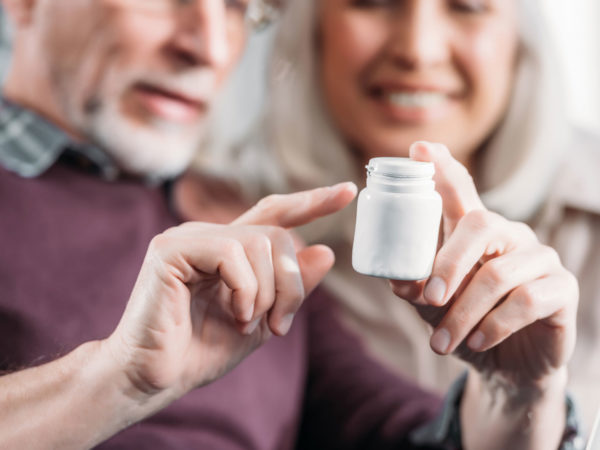Hypertension Headaches

What Is A Hypertension Headache?
Hypertension (high blood pressure) refers to blood pushing against the walls of the arteries with chronically elevated force. If it persists, it can lead to serious health problems, including heart attack, heart failure, stroke and kidney failure. Some people with high blood pressure complain of headaches, but a clear link has not been established.
In 2018 a national survey in the U.S. found that of 4,356 respondents who had migraine, 21 percent had high blood pressure. Other large studies have found that people with high blood pressure were unlikely to have headaches. A 2008 Norwegian study showed that among more than 50,000 adults, those with higher systolic blood pressure (the top number) were up to 40 percent less likely to have head pain or migraine than those with healthier blood pressure. However, an Italian survey of nearly 3,000 patients being treated for high blood pressure or migraine found that those between the ages of 40 and 49 who had both were more likely to suffer strokes than those with high blood pressure alone. According to the American Heart Association, the best evidence indicates that high blood pressure doesn’t cause headaches except in cases of a hypertensive crisis (see below), which is a medical emergency.
What Are The Symptoms Of Hypertension Headaches?
High blood pressure is often called a “silent killer,” because even when severe and uncontrolled, it often has no obvious symptoms. Some patients, however, do report headaches, dizzy spells, or nosebleeds. In general, these symptoms occur only when there is a rapid, acute change in blood pressure or when it reaches dangerous levels.
Very high blood pressure (180/120 millimeters [mm] of mercury Hg] or higher) can trigger severe headaches as well as blurred vision, chest pain, nausea and vomiting, shortness of breath and seizures. This is a hypertensive crisis, a health emergency that requires immediate medical treatment in the hospital.
Migraine headaches may occur in people with high blood pressure. These usually are on one side of the head and cause moderate to severe throbbing pain. Other symptoms include nausea, weakness and sensitivity to light and sound.
What Are The Causes Of Hypertension Headaches?
A headache that occurs as part of a hypertensive crisis is due to the severe increase in blood pressure. If you have high blood pressure and migraine headaches, a cause-and-effect relationship is unlikely. Migraines may result from changes in levels of serotonin, the neurotransmitter that helps regulate mood, sleep and appetite. Reduced serotonin levels are associated with migraines as well as with other conditions including depression. Neurological abnormalities due to genetic mutations may also be invloved.
According to the National Headache Foundation some medications used to treat high blood pressure can cause headaches while others including beta-blockers (propranolol or Inderal) and calcium channel blockers are used to reduce headache frequency. Speak to your doctor if you think your headaches are related to your blood pressure medication.
Conventional Treatment Of Hypertension Headaches
If you have high blood pressure and headaches, discuss possible treatments with your doctor. Do not take non-prescription drugs such as aspirin for headaches unless your blood pressure is well controlled. Prescription drugs called triptans can relieve migraines but should not be used by anyone with uncontrolled hypertension. (Note that triptans can interact adversely with some blood pressure medications.)
What Does Dr. Weil Recommend For Hypertension Headaches?
To lower blood pressure naturally, Dr. Weil recommends a number of lifestyle measures and nutritional supplements.
He notes that taking 400 mg of vitamin B2 may reduce the frequency and duration of migraine headaches. You’ll need a doctor’s prescription to get that dosage.
Sources:
P. Cortelli et al, “Headache and hypertension.” Neurological Science, October, 2004
T. Liman et al, “Headache and hypertension. Myth and evidence, Nervenarzi, August 2010, doi: 10.1007/s00115-010-2996-6














